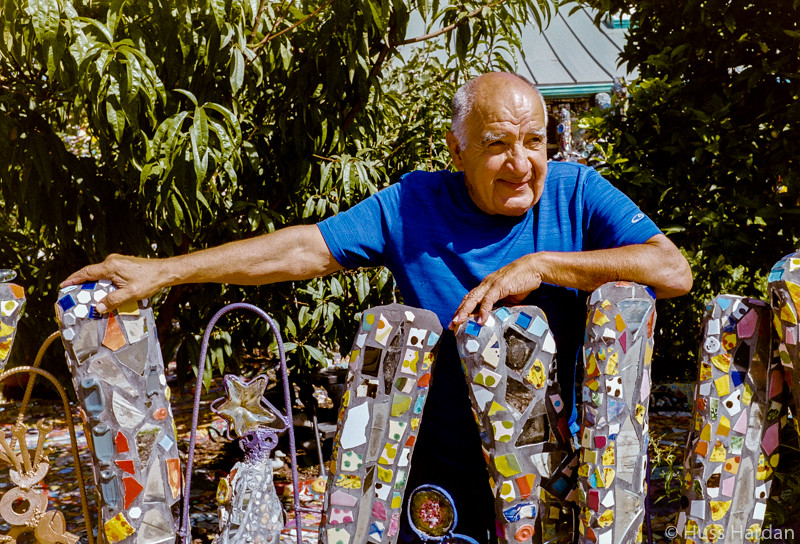ColSebastianMoran
( IRL Richard Karash )
Michael, thanks for the tutorial and the handy Photoshop action. This works pretty well, well enough in many cases. In my experiments, I think the color mask is a lesser issue, the tonality is more of an issue, and a non-linear inversion helps. See this thread for details and examples, and this short thread for specifics of non-linear inversions.
Since this thread started with the Nikon product, I won't go further here.







